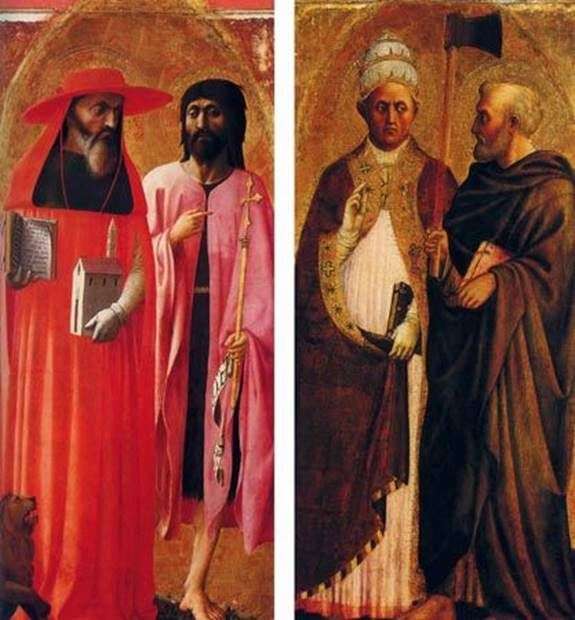
In the second edition of The Lives of the Most Famous Painters, George Vasari attributes to Masaccio the altar image he saw in the Church of Maria Maria Maggiore in Rome. In the 17th century, this image was removed from the church, and soon it was lost. That was a two-way triptych. In 1950, in one private collection in England, two panels of this image were discovered and immediately acquired by the London National Gallery.
The one depicts Saint Jerome and John the Baptist, and the second depicts Saint Liberius and Matthew. The then director of the National Gallery announced that, in his opinion, only the panel with the image of Saint Jerome belonged to Masaccio’s brush, while Mazolino was the author of the second panel.
The panels in question are really made in a different manner, and the figures of St. Jerome and John the Baptist are written much more expressively and more skillfully than the figure of St. Matthew. Four more panels of this altar image are known – two of them are in Naples and two in Philadelphia. They are credited with Mazolino. It is possible that work on the creation of the altar image was begun by Masaccio, and after his death Mazolino continued and was completed.
 Altar Obra – Masaccio
Altar Obra – Masaccio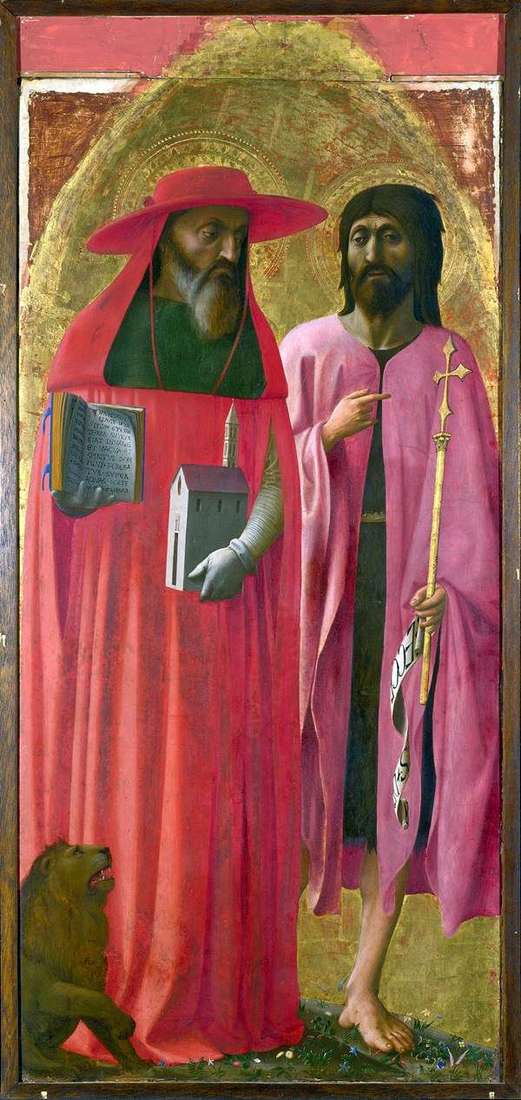 Saints Jerome and John the Baptist by Tommaso di Giovanni Masaccio
Saints Jerome and John the Baptist by Tommaso di Giovanni Masaccio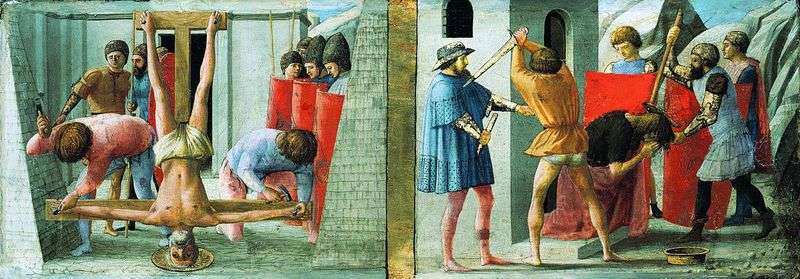 The Crucifixion of Peter and the Beheading of John the Baptist by Masaccio
The Crucifixion of Peter and the Beheading of John the Baptist by Masaccio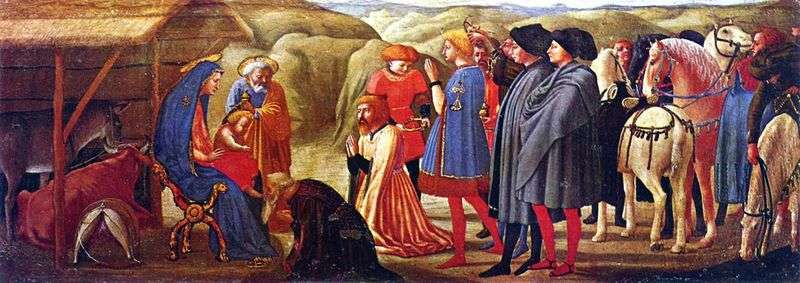 Adoration of the Magi by Masaccio
Adoration of the Magi by Masaccio Image d’autel – Masaccio
Image d’autel – Masaccio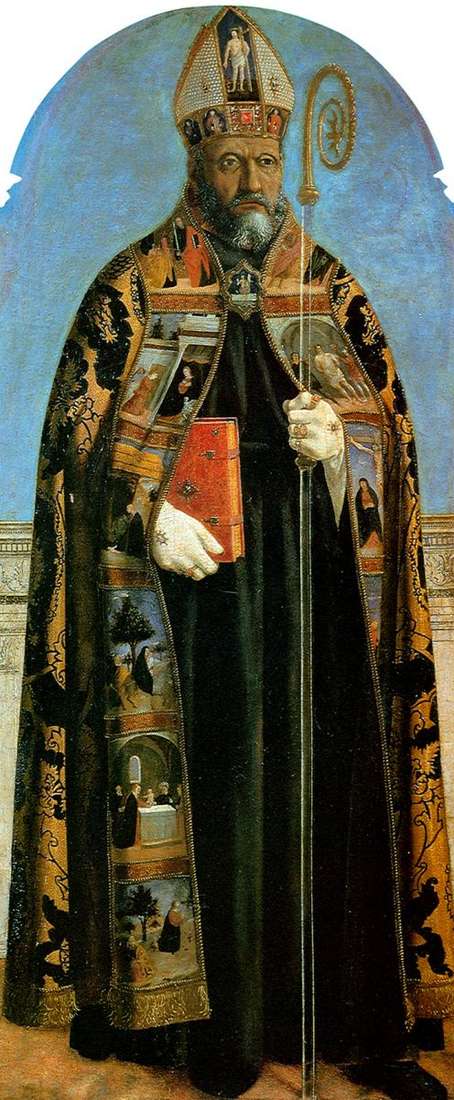 Altar image from the church of Sant Agostino: St. Augustine by Piero della Francesca
Altar image from the church of Sant Agostino: St. Augustine by Piero della Francesca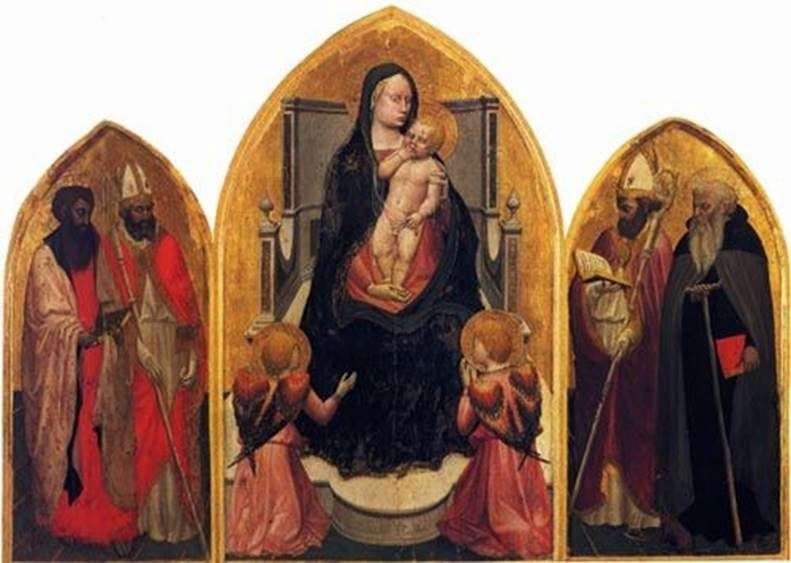 Madonna with Angels and Saints (Triptych of San Jovenale) by Masaccio
Madonna with Angels and Saints (Triptych of San Jovenale) by Masaccio Madonna and Child with Angels by Tommaso di Giovanni Masaccio
Madonna and Child with Angels by Tommaso di Giovanni Masaccio